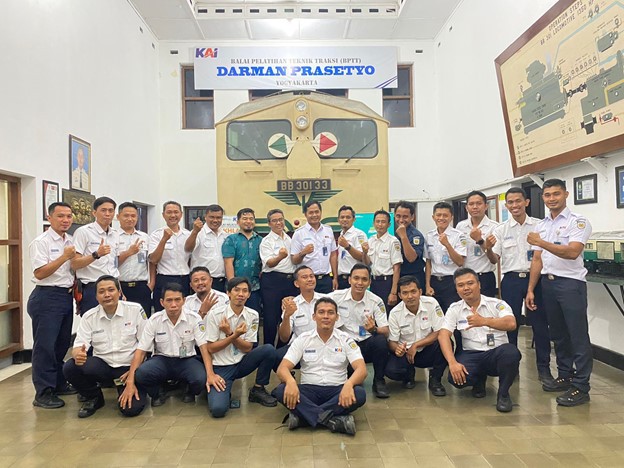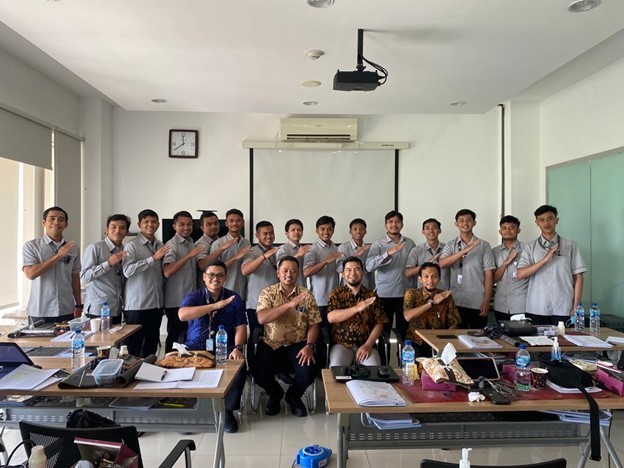
Ultrasonic Testing
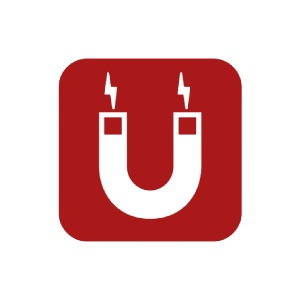
Magnetic Particle Testing
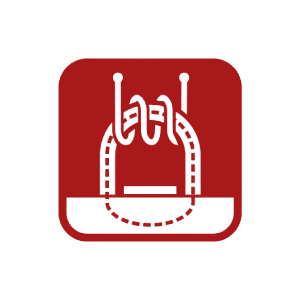
Eddy Current Testing
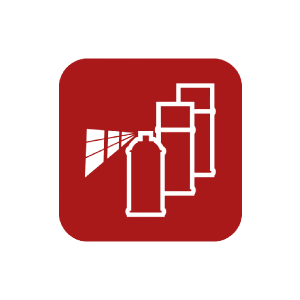
Liquid Penetrant Testing

Radiography Testing

Phased Array Ultrasonic Testing
Who We Are
Pratita Prana Citra is a leading training, certification, and recertification center dedicated
to ensuring that all your Non- Destructive Testing (NDT) needs are met with excellence and
compliance to industry standards.
Since our establishment in 2014, we have been at the forefront of delivering comprehensive
trainings that not only meet but exceed industry expectations. Our focus lies in staying abreast
of the latest technology trends in NDT, ensuring that our trainings are up-to-date and relevant
to the evolving needs of various industries.
Over the years, we have proudly served more than 20 notable organizations, equipping over 150
participants with the necessary skills and certifications to excel in their respective fields.
As a subsidiary of
PT. Pratita Prama Nugraha, we uphold a commitment to excellence and integrity in
ensuring the
industrial safety in Indonesia through NDT.

Why Choose Us
Our trainers possess over a decade of experience each, holding recognized NDT Level III
certifications. They are well- known for their expertise in various industries including Oil &
Gas, Geothermal, Petrochemical, Aviation, and Welding Inspection.
We offer comprehensive training, examination, and preparation services for Level I and Level II
certification and recertification, ensuring compliance with standards such as SNT-TC-1A, SNI ISO
9712, and others.
Participant
766
Company
23
Courses
6
Our Courses
Lorem, ipsum dolor sit amet consectetur adipisicing elit. Repudia aperiam rerum aliquid expedita. Nostr asperiores sed quaera autem a fugit ex quae dolori ut quam aperi velit, magni vel nequee. Accusamus dolor?
Read more
Ultrasonic Testing
Lorem ipsum sit at dolor amet eum at animi omni at quis site omi asperi adipisicing ipsumi?

Magnetic Particle Testing
Lorem ipsum sit at dolor amet eum at animi omni at quis site omi asperi adipisicing ipsumi?

Eddy Current Testing
Lorem ipsum sit at dolor amet eum at animi omni at quis site omi asperi adipisicing ipsumi?

Liquid Penetrant Testing
Lorem ipsum sit at dolor amet eum at animi omni at quis site omi asperi adipisicing ipsumi?

Radiography Testing
Lorem ipsum sit at dolor amet eum at animi omni at quis site omi asperi adipisicing ipsumi?

Phased Array Ultrasonic Testing
Lorem ipsum sit at dolor amet eum at animi omni at quis site omi asperi adipisicing ipsumi?
Our Trainings and Methods
Our training sessions are best conducted offline to ensure active involvement from participants
in classroom sessions and hands-on equipment demos and trials. Typically lasting between 9 and
14 days, our trainings are custom-designed to meet clients' needs and accommodate their
preferred schedules. As the majority of our clientele is based in Jakarta, most trainings take
place at our parent company's office, with additional sessions held at one of Pratita's branch
offices in Surabaya.
Our comprehensive trainings encompass the latest methods utilized in the NDT industry, including
Ultrasonic Testing, Phased Array Ultrasonic Testing (PAUT), Magnetic Particle Testing, Liquid
Penetrant Testing, Visual Testing, Radiographic Testing, and Eddy Current Testing.
- Ultrasonic Testing (UT) utilizes high-frequency sound waves and energy to detect flaws, inspect material properties, and measure changes in thickness. This method is effective in locating surface and subsurface defects in various materials such as plastic, metal, wood, and others. Industries benefiting from this technology include welding inspection, as well as oil and gas, automotive, power plants, and others requiring precise inspection services.
- Magnetic Particle Testing (MT) utilizes a magnetic field to inspect ferromagnetic materials. Magnetic lines are forced through materials to detect surface and near-surface defects, making it widely used in industries such as welding, pipelines, automotive, military, and other applications requiring crack detection.
- Eddy Current Testing (ECT) employs alternating electrical current to generate magnetic fields, which are then measured to identify flaws. This method is effective in detecting surface and near-surface flaws, permeability, and dimensional features in conductive materials. ECT finds applications in industries such as oil and gas, mining, security, aviation, and others.
- Liquid Penetrant Testing (PT) is used to detect cracks or porosity on the surface of materials. Penetrant is applied, filling the cracks, and then a developer is used to pull out the penetrant, revealing the form of the defect. This method is commonly used in automotive, welding, casting, leak testing, pipeline, aircraft and vessel inspection, power plant inspection, and various other industries.
- Radiography Testing (RT) is employed to examine the internal structure of materials for defects or irregularities without causing damage to the tested components. It utilizes X-rays or gamma rays to penetrate the inspected material, producing high-resolution images known as radiographs. These radiographs reveal internal flaws such as cracks, voids, inclusions, or discontinuities, providing valuable insights into the integrity and quality of the tested material. Radiography testing is crucial in industries such as aerospace, automotive, construction, manufacturing, and oil & gas.
- Phased Array Ultrasonic Testing (PAUT) is an NDT method that uses advanced ultrasonic technology to inspect materials for defects. In PAUT, multiple ultrasonic elements are arranged in a phased array probe, allowing for the generation of focused, steered, and swept ultrasonic beams. These beams can be controlled electronically to optimize the inspection process, providing detailed and accurate imaging of internal structures and defects in a wide range of materials, including metals, plastics, and composites. PAUT offers advantages such as faster inspection times, improved defect detection capabilities, and the ability to inspect complex geometries with greater accuracy compared to traditional ultrasonic testing methods. It is commonly used in industries such as aerospace, oil and gas, automotive, and manufacturing for the inspection of welds, pipes, and other critical components.
Trainings Outcome
Our courses are designed to empower participants with the knowledge, skills, and confidence necessary to excel in the field of NDT. At the conclusion of our courses, participants will be equipped to:
Evaluate and report results accurately and efficiently
Calibrate equipment using appropriate calibration standards effectively
Articulate the scope and limitations of the method clearly
Demonstrate a comprehensive understanding of the body of knowledge in NDT methods
Apply proper procedures with precision and expertise
Select suitable equipment and accessories for various applications with confidence
